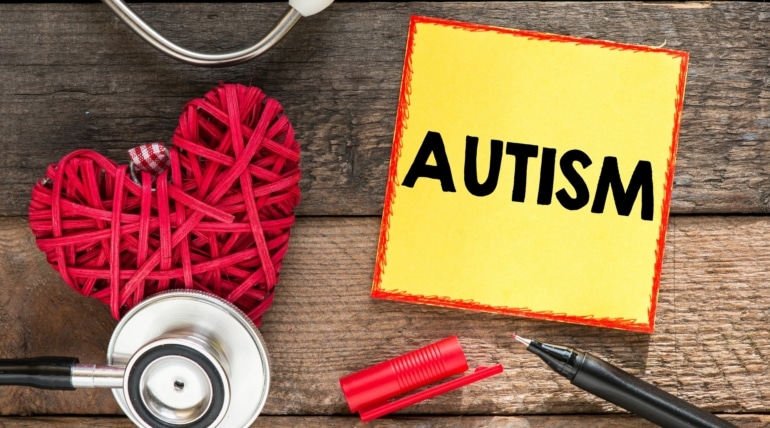According to the National Institute on Deafness and other Communication Disorders (NIDCD), nearly one in 12 American children aged 3 to 17 has experienced a voice, speech, language, or swallowing disorder in the last year.
Parents can use several therapeutic techniques at home to help a nonverbal child or child with a speech delay learn to speak.
When a child is diagnosed with a speech delay, their fundamental level of communicative functioning can develop over time, especially with Applied Behavior Analysis (ABA) Therapy, an evidence-based approach often used with children with autism spectrum disorder (ASD). Speech delay is also one of the main characteristics of autism spectrum disorder (ASD).
Hope for Parents
Sometimes, parents of children with speech delay have been informed that if their child doesn’t speak by age 4 or 5, they won’t ever learn how to speak. However, a 2013 study of 535 autistic children revealed that even those with significant language delays (not talking or using only single words or sentences without verbs) might gain language abilities during elementary school or into adolescence. The study found that 70% of the youngsters reached short phrase communication, and 47% reached fluent speaking by age four or after.
A child’s speech delay or nonverbal diagnosis can render parents feel overwhelmed or discouraged. Still, research shows that many children with speech delays can move past their developmental delays and achieve their optimum potential through ABA techniques. If a child has a speech or language delay, early intervention treatment like this should be implemented as quickly as possible.
How ABA can Help with a Speech Delay
Children can frequently become upset when they or others do not understand their communicative efforts. ABA helps kids manage their emotions and slow down to fully concentrate on communicating clearly. The analyst can use levels and types of prompting, positive reinforcement, and other behavior modification approaches. Working with a child with a language delay should include play, song, reading, and imitation.
ABA Techniques that can be Used for Developing Speech
Researchers say that the best way to help children work through areas of severe developmental delay, like language and nonverbal communication, is to separate given tasks into small, manageable steps and reward each one with praise. ABA approaches can augment and enhance other methods for teaching youngsters to communicate.
Many of the approaches employed in ABA can bolster natural, teachable moments. Tools including modeling, prompting, playing, and reinforcing are regularly used in ABA and speech therapy.
Additionally, the framework of ABA gives a high degree of data regarding the child’s learning style and rate that is beneficial to everyone on the therapy team. Speech-language treatment for many children relies on the intensity and regularity that ABA provides. Students who have mastered communication skills using discrete trial instruction or another behavior analytic teaching technique may benefit from working with a speech and language pathologist or SLP.
Sabotage of the environment is one strategy that has been used to great effect in speech therapy to encourage speaking in new settings. It is possible with this technique to teach the art of commenting or giving clear instructions. This also helps to identify specific skills that the child may need to be taught systematically in the natural world.
Early Diagnosis and Individualized Instruction
Early diagnosis and treatment of speech and language delays are critical. It can help all categories of speech and language difficulties. Remember that each person learns to communicate in their own way, at their own speed, and via their own set of specialized best practices while the treatment team implements these therapeutic strategies.
Working with your child’s ABA therapist can help you choose and implement the optimal communication tactics for your child’s language development.




